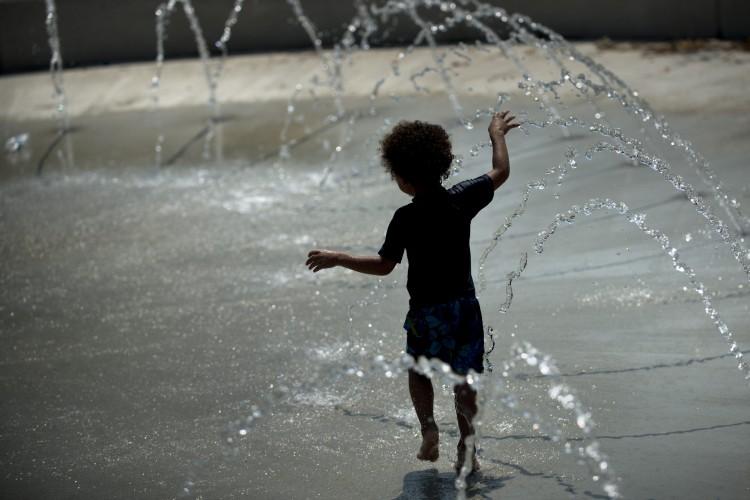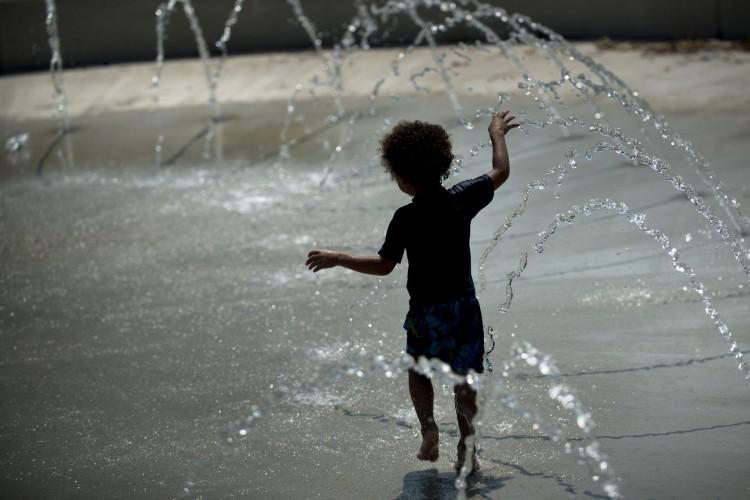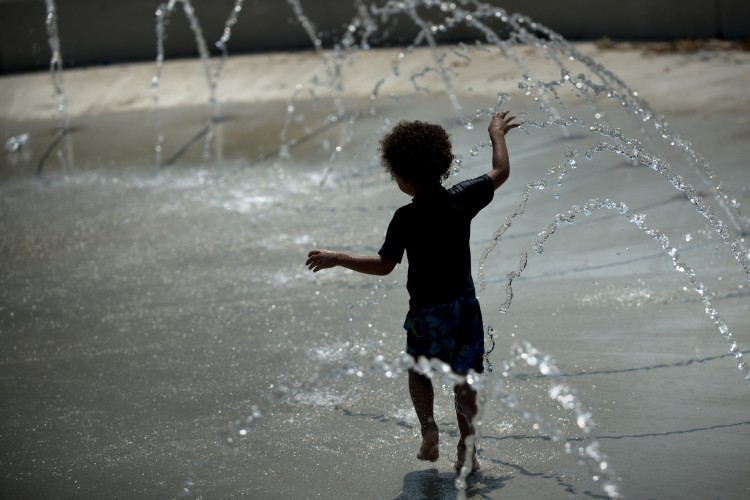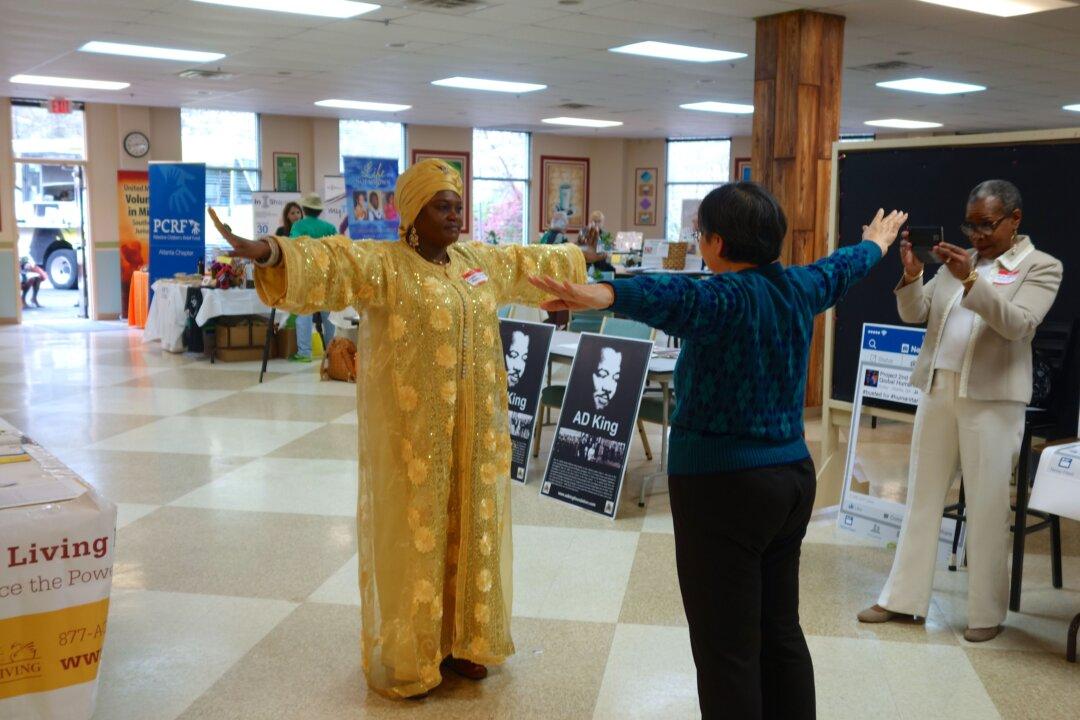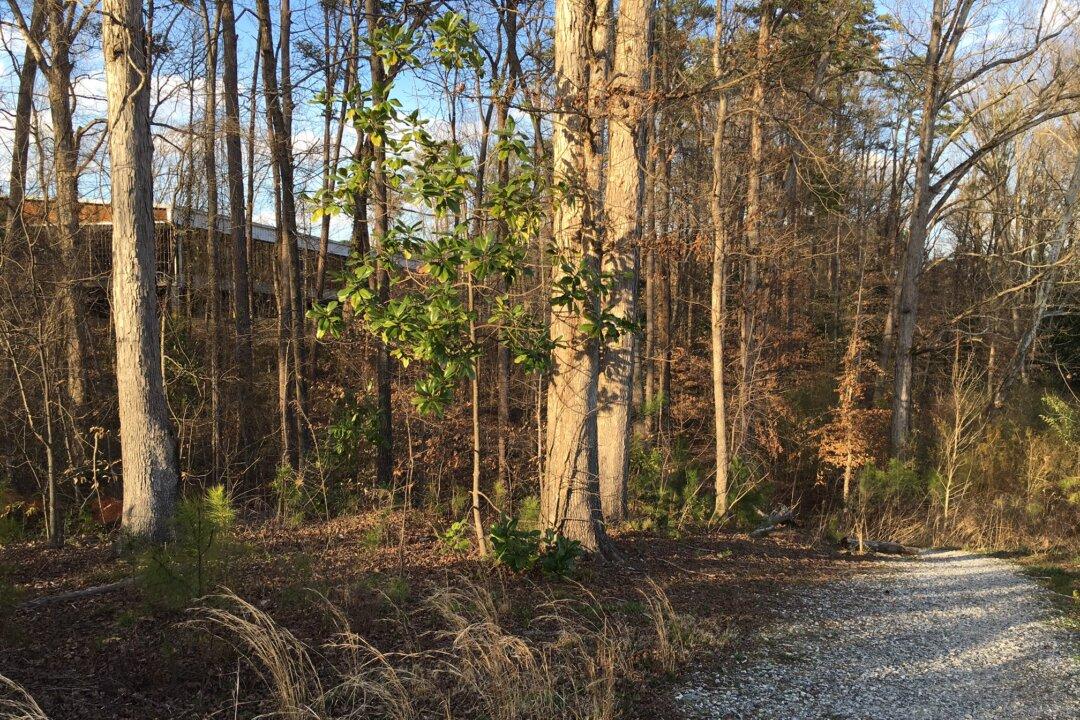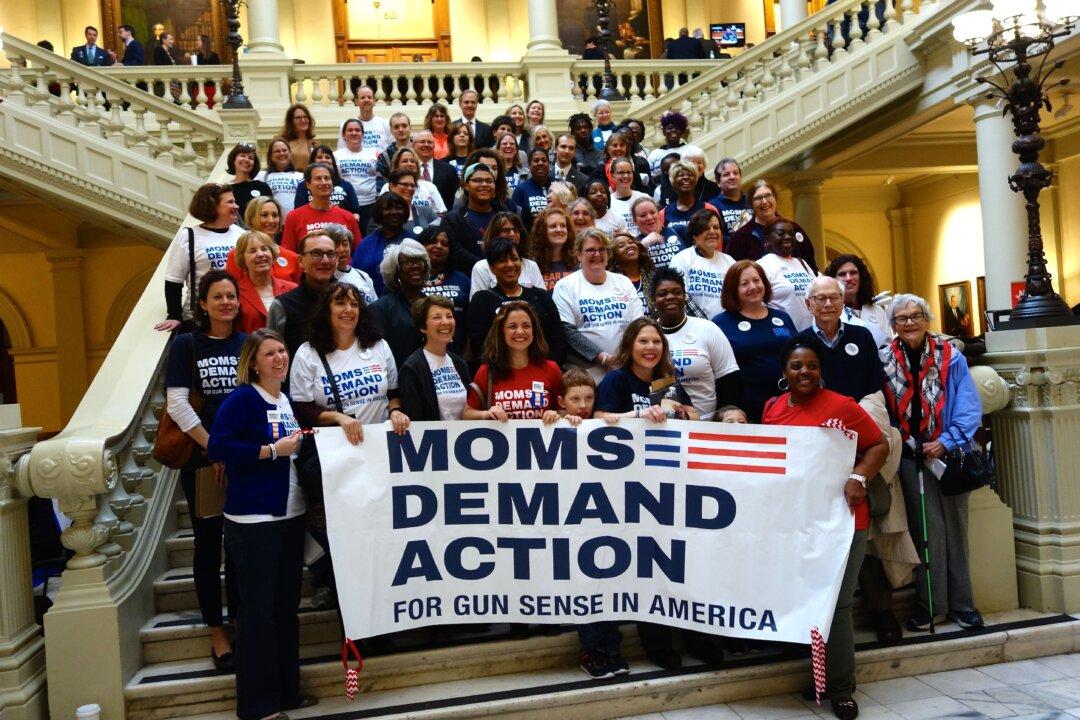Storms left millions with no power in triple-digit heat in Washington D.C., along the mid-Atlantic, and into the Midwest. By Sunday, the basic infrastructure had been repaired, according to a utility executive. It may be a week before power is restored to everyone.
Winds and falling trees are responsible for 13 deaths, according to the National Oceanic and Atmospheric Administration (NOAA).
“A restoration effort of this magnitude requires extraordinary effort and support from other utilities,” said Thomas H. Graham, president, Pepco Region, in a statement. Crews arrived from surrounding states to assess damage, clear downed trees, and repair power lines. The utility company asked for 1,000 extra people.
Without power, people face greater threats from severe heat.
Overheating can lead to heat exhaustion and the extremely dangerous heat stroke. Elderly people, ill people, and children are most vulnerable to heat illness.
